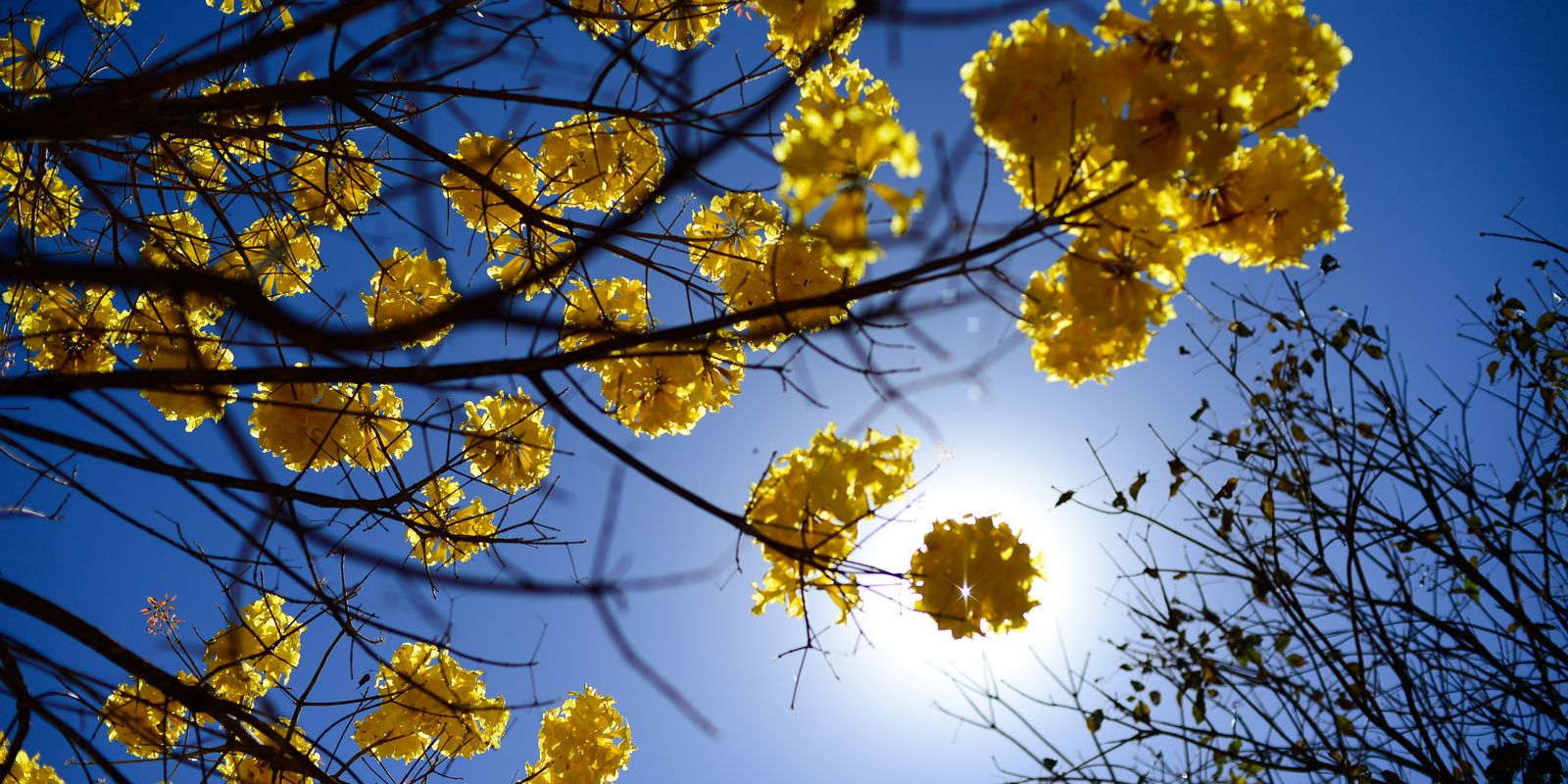The country’s natural beauties found in regions of the Atlantic Forest, Pampa, Pantanal, Caatinga, Amazon and Cerrado are presented in the documentary series Our Biomes, an unprecedented attraction that the TV Brazil shows from this Sunday (30), at 19h. The work has six editions on the fauna and flora of the country.
With breathtaking aerial images that reveal paradisiacal landscapes, the program flies over, enters and dives into Brazilian biodiversity. The series is an original production by the public broadcaster in partnership with the Ministry of the Environment. The premiere episode highlights the Atlantic Forest.
The series’ editions are dedicated to typical biomes of the country. Each documentary highlights a set of ecosystems that share common characteristics. Biomes combine species of plant and animal life that live outdoors in similar conditions.
Living beings from different Brazilian biomes can be identified by the regional proximity of their habitats. This familiarity considers geological and climatic aspects that influence the formation processes of a given landscape.
The work takes the viewer on incredible journeys to contemplate species that only appear in a certain ecosystem. The proposal is to follow the flock of wild birds, admire the endemic vegetation and listen to the sound of the running water of waterfalls. In the air, on land and at sea, the camera of TV Brazil tracks the movement of animals in the wild.
In addition to the abundance of mineral resources and species of fana and flora present in the national territory, Brazil’s biomes still represent environments of important natural wealth for the planet. Even with the abundance of diversity, the biological communities of the country share a coincidence of factors in favor of their regularity in each specific region of their biota.
Wealth of the Atlantic Forest
In the first program, the series Our Biomes shows the impressive view of the Atlantic Forest. The production carried out by the TV Brasil team indicates relevant aspects of the coastal strip that has vast water resources responsible for supplying a high percentage of the country’s population.
The forest located in this region of the territory accompanied the emergence of native peoples, welcomed travelers and served as the cradle of the nation. Even today, this space is extremely important for most Brazilians – and not just for economic reasons.
The series highlights all the grandeur of the oldest forest in South America. Ancestral green area, the Atlantic Forest was formed millions of years ago, after the extinction of the dinosaurs, from a unique combination of factors, which yielded characteristics not found in nowhere else in the world. Century after century, nature has taken root across vast areas covered in green.
With such an ancient and varied natural environment, the coastal region brings together secrets of the origins of the Amazon rainforest. The production of the public channel reveals what the Atlantic Forest and the Amazon have in common, to be considered much more than just the coincidence of species.
Environmental balance and conservation
Diverse forest, with varied and particular fauna, the Atlantic Forest preserves more than two thousand animal species, many of which only exist here. There are hundreds of birds, amphibians, reptiles, mammals and fish, as well as thousands of insects that help in the pollination of plants.
The bed of intense green and abundant water irrigates the soil and hydrates beings that live thanks to these springs. From relatively poor soils, a vast and impressive flora emerged, integrated in such a way that it creates its own fertilizer to fertilize the land. It is litter, a layer of fallen leaves and fruits that suffers the action of bacteria and fungi, being decomposed.
This blanket allows for the birth of a diverse forest that takes on different physiognomies: higher and denser near the coast, more spaced and lower as it moves inland, low and shrubby in the tops of the mountains.
The balance between animal and plant species and the soil act as a climate regulator, in addition to maintaining and protecting water sources. It is the patient and incessant work that the forest performs, and from which everyone benefits. Each species integrates the logic of nature, while taking from the earth what they need to live, they also fulfill their part to ensure that it survives.
If in the past, altering the surrounding environment was the objective of humanity, today, the intention is different: to combine economic development and the preservation of nature. For this, several experiments have been developed since the imperial era.
In those times, a large portion of land in the heart of the city of Rio de Janeiro was expropriated by the Crown to give rise to the first reforestation project in the Atlantic Forest: the Tijuca Forest. Since then, countless initiatives have sought to make the ancestral forest eternal.
#Come and see
The summer schedule TV Brazil brings news to the station’s grid. Classic of teledramaturgy, the soap opera The Slave Isaura (2004) is showing in a new prime time slot earlier, at 8pm.
In addition to the feuilleton, the channel presents new attractions for audiences of all ages. Kids will have fun with the Tem fun recipe program Child in the Kitchen and children’s series bugs and DPA. – Blue Building Detectives.
Highlights also for dramaturgy productions such as the films from the troupe of humorists collection. the clumsy, the historic Brazilian series fire eagles and the international classic War and peace. Another attraction is the musical and culinary Singing and Flavor of Brazil. Check out these and other attractions on TV, tablet or cell phone tuned to TV Brazil.
live and on demand
Follow the schedule of TV Brazil by the open channel, pay TV and satellite dish. Tune in!
Your favorite shows are on TV Brasil Play, by address play.ebc.com.br or by application on smartphone. THE app It can be downloaded for free and is available for Android and iOS. Also watch on WebTV.

















